In a time of massive digital transformation, building a fluid Workforce 2.0 is more important than ever before. As more organizations reorganize to keep up with the fast pace of technological changes, the need for employees to successfully adapt grows exponentially.
Going through an internal reorganization can be difficult for both the individuals leading it and the employees who will be affected by it. Employees can feel disengaged, unsure of expectations, or unhappy because they now have their third boss in just 12 months. Re-orgs don’t have the best reputation, and that’s because companies haven’t properly prepared their employees to move through the change. Sound all too familiar?
But there is a silver lining. Re-orgs provide the perfect opportunity to make necessary changes that will benefit your business long-term and pave a path into the future of work. As we move towards globalization, technological progress, and demographic change, companies can take charge of their own destinies.
The first move should be to overhaul your current rigid org chart for one that is much more fluid. What does this mean? It means creating a working structure that allows your employees to seamlessly move through roles. In other words, your workforce needs to become fluid.
Let’s take a look at John the analyst. With new technology, half of John’s operational day-to-day tasks are replaced, and his company needs him to step into a role that requires more direct client interaction and account management. In order to shift into this new role, John will need to be resilient enough to push through the changes and be able to embrace the possibilities of failure that come along with it. He also needs to approach the new role with a growth mindset to understand that he can learn the new skills required.
And if John hasn’t developed the resilience and growth mindset required:
- He will feel less engaged in his work as a result of the new changes causing uncertainty and heightened stress
- He will become less innovative in this new role from the inability to embrace failure
- He will internalize his own self-created boundaries by not leveraging a mindset that fosters curiosity, criticism, and learning, in order to grow and overcome
Are you starting to see now how painful it can be when organizations don’t prepare their employees to be fluid?
After all, companies are made up of people. For companies to grow and to do extraordinary things, their people need to be equipped. By rethinking your approach, you can cultivate employees who can transition to different roles because they have an appetite for change and transferable skills.
At HumanQ, we believe that in order to build a fluid workforce, organizations need to foster transferable Success Skills, not just technical skill sets. Success Skills open the doors to endless possibilities with a forward-thinking mindset, not just one-track skill sets. Skill sets allow you to thrive in a role, whereas Success Skills allow you to thrive in any role.
Developing Success Skills in your employees doesn’t guarantee a stress-free re-org, but it does allow organizations to tap into existing resources and seamlessly move employees to meet the company’s needs and strategic goals.
As Heraclitus once said, “The only thing constant is change.” His words ring true especially in this time of digital transformation.
Are you ready to build Workforce 2.0?
Nishika de Rosairo | CEO and Founder | HumanQ
Contact Nishika: nishika@humanq.com
Contact HumanQ: info@humanq.com
Website: humanq.com












